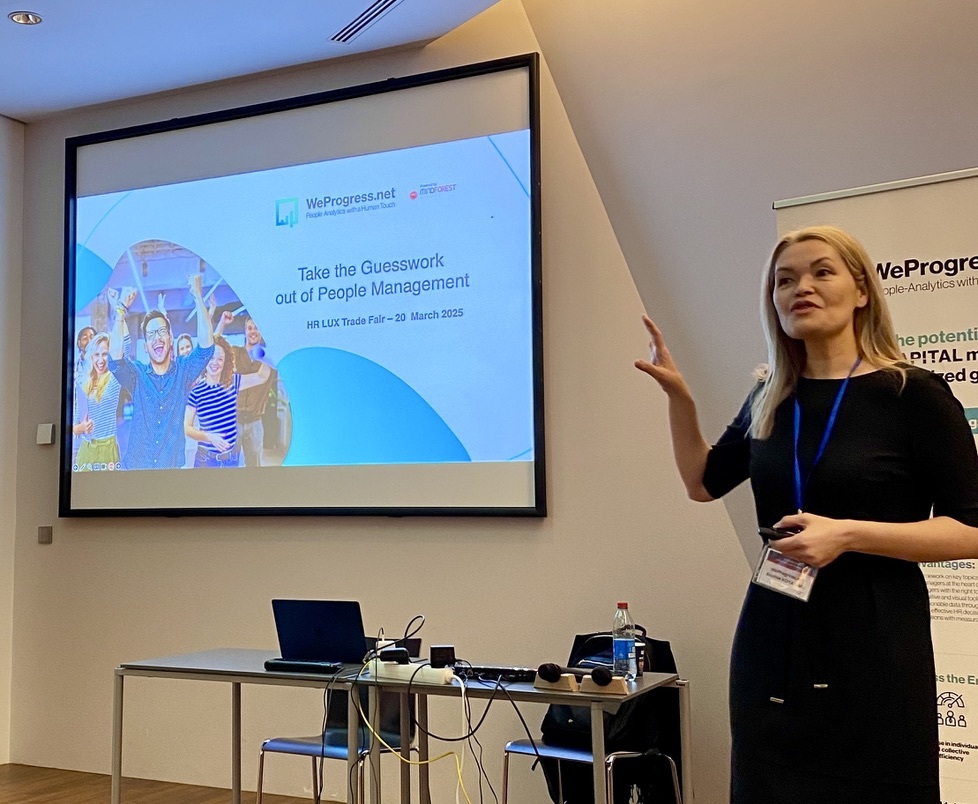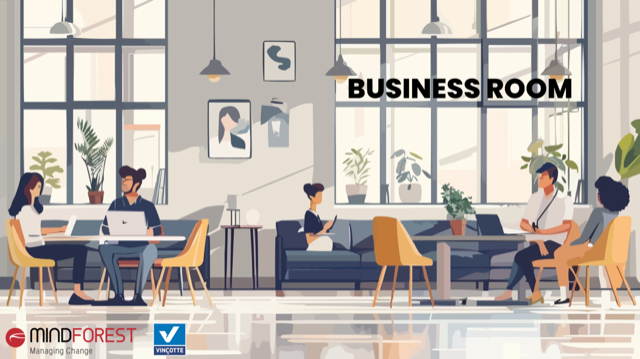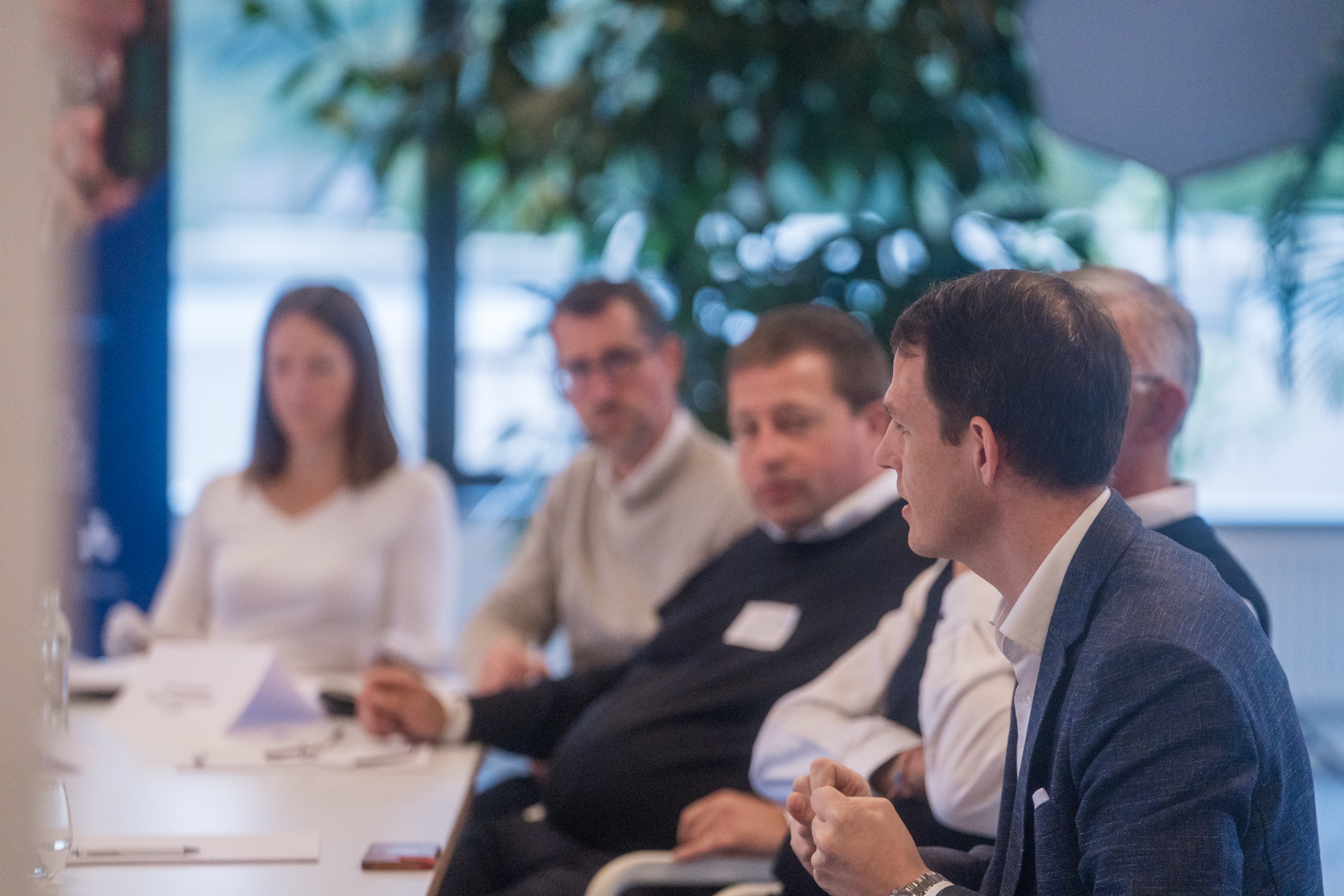Rethinking the working environment to promote performance
Every company is regularly subject to changes that have a more or less important impact on its continuity and stability. Some of these changes lead to minor adjustments within the company itself, while others, such as organisational change, require the implementation of company projects that mobilise all employees.
Some of these changes have a direct influence and consequence on the working environment: (re)organisation of the various work areas, or even a corporate move.
These changes inevitably impact employees, for example causing stress or a deterioration of their well-being. This in turn can influence the efficiency of organisational processes, the quality of products and services delivered to the customer, and ultimately customer satisfaction.
(Re-) designing your work spaces or company relocation: what’s the potential impact?
This type of change often greatly affects the way everyone works on a daily basis. Employees have to “mourn” the loss of past habits, which is not necessarily self-evident for all the employees concerned. It is difficult to give up one’s habits if one does not understand the reasons for and benefits of the change. Left to their own devices, employees may reject the (re)layout or relocation project.
The frustrations that can arise from this can be extremely varied, varying from a disruption of the company culture, to a feeling of not being recognised, etc.
For example, an employee may be disturbed by the idea of changing their workplace, and moving to a different neighbourhood if there are no longer any shops nearby. Similarly, if commuting time increases, the organisation of their time and their family life may be affected. Changing a workspace can also be disruptive, e.g. moving from a partitioned office to an open space, and employees can quickly become disoriented during the transition phase.
The dysfunctions (strikes, absenteeism, etc.) observed at the time of these changes when employees are not supported (or are supported in a deficient or inappropriate manner) are thus a reflection of suffering at work.
These changes can constitute a symbolic rupture that can lead to resistance, stress, ill-being, a drop in concentration, withdrawal (isolation), and therefore a fall in productivity. Work plays a fundamental role in a person’s psychological balance, enabling him or her to meet the need for recognition.
The way in which employees describe their jobs, their offices and their companies is directly related to the image they have of their work, their position and their situation in the company.
Conversely, the workspace generally comprises a reference to the employee’s function, his/her position in the company and the consideration the company shows him/her. The workspace therefore has a highly symbolic character.
The layout of the premises and the rules of use provide reference points for social functioning and the place that each individual or group holds within it.
What then is a good place?
It is an assignment that gives the individual satisfaction and gratification. It is a place where the individual can build relationships and influence within the company.
If an employee workspace is intelligently designed, it will be a determining factor in motivating teams. It will necessarily improve their productivity and their sense of belonging to the company.
Several factors should be taken into account when thinking about the design of the workspace, starting with: the need for coherence between the company’s activities and the type of premises.
Thus, the work environment must take the company’s culture, values and organisation into account: the place must convey the soul of the company but must also correspond to the profile of the employees who “live and work” in a given space.
Today, work areas are tending to decrease, so it is important to be able to offer employees collective and collaborative spaces, and therefore to give them the possibility of making the most of the whole space and not just their workstation.
Some examples: offices, meeting rooms, relaxation areas, open discussion areas, team platforms, catering areas, meeting areas and work spaces.
What are the advantages of a good working environment?
According to a survey carried out by TNS SOFRES on behalf of Actineo, the first French observatory of the quality of life at work:
- 94% of employees surveyed believe that the work environment has a significant impact on their efficiency
- 91% on their morale
- 89% believe that it has a direct impact on their motivation
Providing employees with a safe and pleasant working environment is above all conducive to improving their efficiency. At managerial level, this makes it possible to increase employee performance while improving the company’s internal image.
Providing employees with consideration and recognition in the workplace, by creating relaxation areas or by involving them more in group decisions, contributes to their appreciation of the company. This is also a competitive factor that should not be overlooked.
How can this type of change be supported to reconcile well-being, performance and the workspace?
A well-supported change in the work environment can instil a real work dynamic, and constitutes a cultural and organisational shift for the company.
- Develop a clear vision of the project: why? why now? for what progress? What effect will it have on the company and the employees?
- Prepare for the change (move/refitting): budget, planning, specifications
- Involve management, staff representatives, and employees in defining their future work space in the definition of their future workspace: give them the means to contribute to their future by including them in working groups, identifying their needs and understanding their concerns in order to respond to them (individual interviews)
- Implement the project: communicate to provide a vision of the implementation stages, to answer employees’ questions and to reveal the results of the working groups
- Support your people to anchor the new working practices in the long term: monitor the change, highlight the changes, listen to employees and meet their expectations to ensure that they feel good (organise meetings), celebrate the change (quick wins), ensure safety
- Adjust if necessary
Let us help you
WANT TO RECEIVE OUR LATEST THOUGHT LEADERSHIP CONTENT?
Related posts
 Take the Guesswork out of People Management
Take the Guesswork out of People Management
 From processes to people: achieving quality
From processes to people: achieving quality
 Daring to lead Positive Transformation: What if Positive Emotional Capital was your key to sustainable change?
Daring to lead Positive Transformation: What if Positive Emotional Capital was your key to sustainable change?
 Why hire Change management professionals? We can do it alone!
Why hire Change management professionals? We can do it alone!
 Digital Transformation and Change Management: Lessons shared in an event hosted by Cebi and MindForest
Digital Transformation and Change Management: Lessons shared in an event hosted by Cebi and MindForest



